![[Podcast] Migration – One Issue that needs to be solved to make the Mekong Delta a livable place for Local People](/images/upload/img_background/ueh-bg-015747-092722.png)
[Podcast] Migration – One Issue that needs to be solved to make the Mekong Delta a livable place for Local People
From 2018 to 2021, the flow of residents moving from the Mekong Delta to big cities is gradually becoming a trend and increasing in quantity. This phenomenon is caused by a number of factors, including economic and educational differentiation. Through this article, the author will point out the current status of migration in the Mekong Delta, thereby, proposing solutions to limit migration, contributing to the achievement of the goal of making the Mekong Delta a worth-living place for people.
The Mekong Delta is expected to become a worth-living place for local people
The Mekong Delta area includes the entire administrative boundary of Can Tho City and 12 Provinces: Long An, Tien Giang, Ben Tre, Dong Thap, Vinh Long, Tra Vinh, Hau Giang, An Giang, Soc Trang , Kien Giang, Bac Lieu and Ca Mau. The area is 40,921.7 square kilometers, accounting for 12.4% of the whole national area. The population is 17,422.6 million, accounting for 17.7% of the national population (Vietnam Statistical Yearbook, 2022).
In accordance with Decision No. 287/QD-TTg approving the Master Plan for the Mekong Delta in the 2021 – 2030 period, with a vision to 2050, the Mekong Delta region is expected to achieve a fair growth rate compared to that of other regions in the country; to become a place worth living for people, as an attractive destination for tourists and investors in addition to the vibrant and prosperous communities. To accomplish these goals, the Government has taken a number of measures to solve, in which, one of the big problems is migration. Although migration is a positive driver of socio-economic development, it helps to reduce regional differences by meeting labor needs for development; thereby, accelerating the transformation process of economic structure. Migration also aims to redistribute the population, to create jobs, to eliminate hunger and to reduce poverty, to promote consumption, and to create a partial shift of income to poorer areas whereas ensuring the goal of sustainable development. However, migration will increase the infrastructure needs of the destination and boost other social problems.
Migration and migration dynamics
Bhugra (2004) states that: Migration is a change of places of residence. Migration can involve an individual moving to study, to find better jobs and try to improve their future. Migrants can make personal choices for economic reasons or personal aspirations. The attractive points in urban areas often are: convenient living opportunities, the ability to find jobs with higher incomes, prospects for improved living standards, advantages in production and business, and better educational conditions (Lee, 1966). A massive number of people after finishing their studies have decided to stay in the city to live and work, rather than returning to their homeland while the gap in opportunities and living conditions between urban and rural areas is widening. Although in the current period, some people in rural areas with decent incomes still desire to migrate to the city in search of better learning opportunities for their children. The fact that children receive a better education will have a great impact on the employment opportunities of the next generation. In accordance with the actual survey results in some localities, another reason for deciding to migrate, in addition to the above reasons, is due to health factors, namely the problem of health service access. It goes without saying that urban areas have better health care services than rural areas; therefore, migrants decide to stay in the city or move to urban areas for better access to services and medical healthcare services. Besides, the lack of productive land is an important factor in people leaving their homeland to find livelihood.
Migration rate in the Mekong Delta increasing sharply
The net migration rate during the authors’ research period illustrated in Figure 1 indicates that the Mekong Delta has a higher out-migration rate than in-migration rate. The immigration rate increased slightly from 1% in 2018 to 1.2% in 2021 while the out-migration rate at 13.8% in 2021 did double in 2018. The fact that the net migration rate in 2021 as 12.5% is very high indicates an unbalanced migration flow. Therefore, it is necessary to find out the causes of migration in order to have appropriate solutions to avoid the shortage of labor force affecting the sustainable development goals of the region.
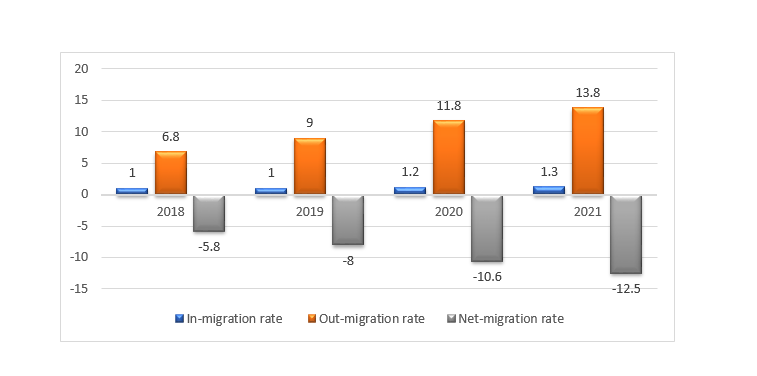
Figure 1. Net migration rate in the Mekong Delta from 2018 to 2021
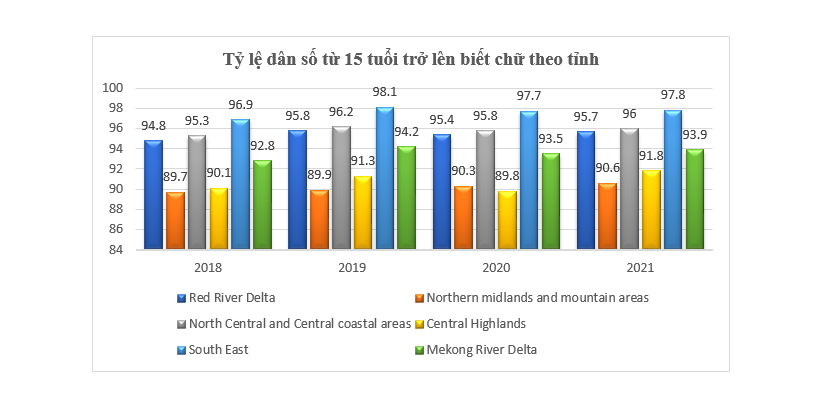
Figure 2. Literacy rate of aged-15-and-over population by Province
Figures 2 and 3 present that the literacy rate of the aged-15-and-over population in the Mekong Delta in the period 2018-2021 ranks at the 4th place. The percentage of the aged-15-and-over population with a job ranks at 2nd and 3rd positions, depending on the year. When compared to the national rate, the Mekong Delta has a higher proportion of employed aged-15-and-over labor-force than the national rate (Figure 4). However, this is not necessarily a positive thing as it depends on the quality of the workforce. From Figure 5, it can be identified that the Mekong Delta has the lowest trained labor force aged-15-and-over in the country.
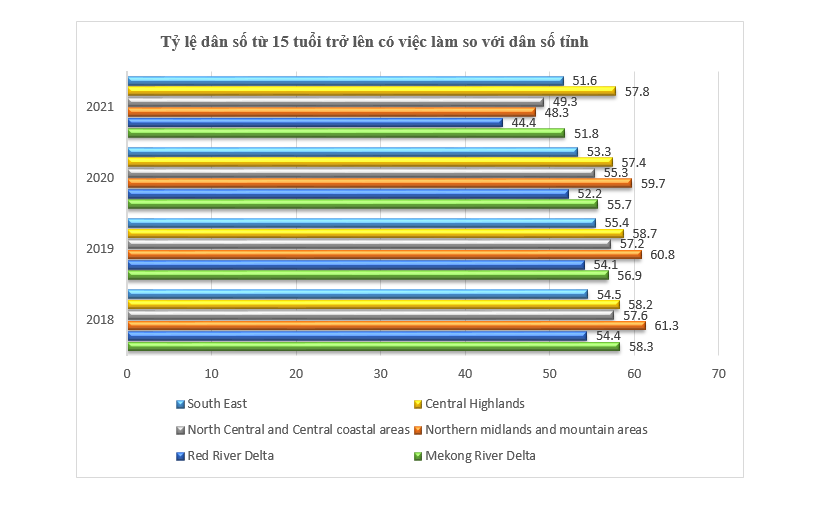
Figure 3. Proportion of population aged 15 years and older with employment compared to population by Province
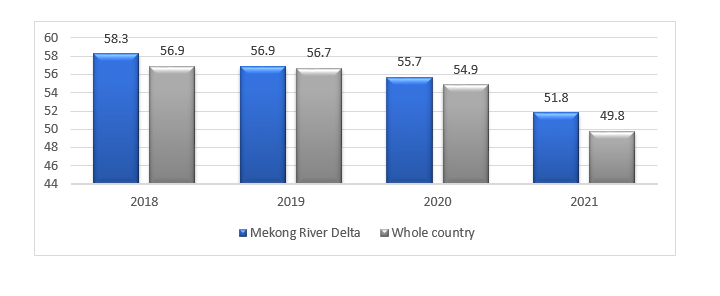
Figure 4. Percentage of population aged 15 years and older with employment compared to that of the whole country
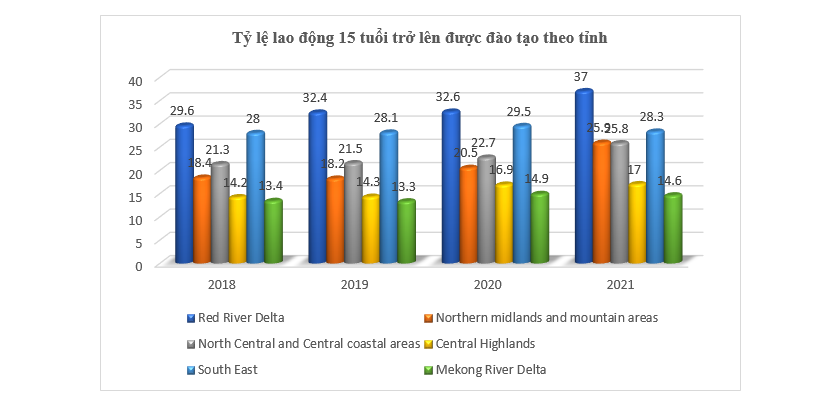
Figure 5. Proportion of trained workforce aged 15 and over by Province
In terms of unemployment rate between the Mekong Delta and the whole country, during the research period, this figure was always higher than that of the whole country. Figure 6 shows that the unemployment rate in the Mekong Delta is dominating the national average.
From the statistics on the migration rate and the employed and trained labor force, the unemployment rate of the Mekong Delta region, it can be identified that this area, with a low educational level, the labor force mainly unskilled labor, unemployment and low incomes leading to the out-migration rate, always leads the country.
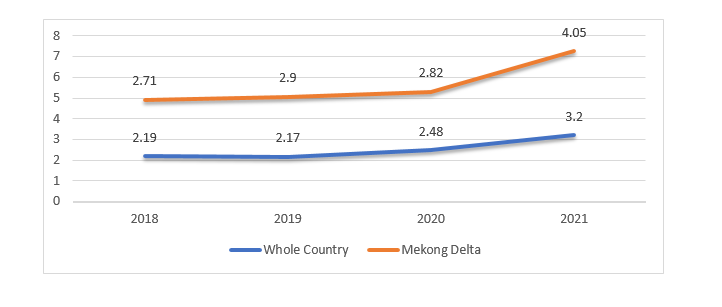
Figure 6. Unemployment rate of the working-age labor force
Proposed Solutions
Solving the migration problem does not mean restricting migration; nevertheless, it is necessary to remove difficulties for migrant workers, concurrently, to persuade and to have preferential policies for migrants who decide to study at other places to return their hometown for working. Therefore, local authorities need to have solutions to the following problems:
1. To invest in building infrastructure and improving the quality of social services in rural areas to improve the quality of life. To improve health services, consolidating agricultural development policies; To take care of rural life; To support farmers returning to rural areas to live; To contribute to reducing migration from rural to urban areas; To stabilize community association, hunger eradication and poverty alleviation.
2. To encourage foreign investors, potential investors inside and outside the region to invest in the Mekong Delta to create opportunities and jobs for people.
3. To expand training institutions in the Mekong Delta to promote linkages with domestic, international and regional educational institutions; To encourage active cooperation to improve teaching quality to meet practical requirements; To develop high-quality human resources to meet the needs of the global digital economy.
4. To increase investment in primary and lower secondary education in rural areas; To improve the quality of vocational training through association and cooperation with industrial park management boards and employers.
5. To increase attraction of a young workforce with professional qualifications and skills.
Large cities are often recognized as places with convenient living opportunities, the ability to find jobs with higher incomes, the ability to improve living standards, advantages in production and business, and better educational conditions. However, other significant drawbacks for anyone looking to migrate to a large city is the cost of living that can be much higher than that of the local places. Another problem is that urban areas tend to suffer from social problems listed as high unemployment and poverty rates. Furthermore, the streets and public transport systems are often overcrowded. Therefore, solving the problem of increasing migration is extremely important towards promoting the development of the Mekong Delta in particular and the country in general.
Author group: Lâm Thị Trúc Linh, Nguyễn Ngọc Thọ, Nguyễn Hồng Nga, Faculty of Accounting, University of Economics Ho Chi Minh City (UEH) - Vĩnh Long Branch. This writing is in series of spreading researches and applied knowledge from UEH with “Research Contribution For All – Nghiên Cứu Vì Cộng Đồng” message, UEH would like to invite dear readers to look forward to Newsletter NO #60.
News, photos: Author group, UEH Department of Marketing – Communication
Voice of: Ngọc Quí

References
Bhugra, D. (2004). Migration and mental health. Acta Psychiatrica Scandinavica , 109 (4), 243-258.
General Statistics Office of Viet Nam (2022). Statistical Yearbook 2021, Statistics Publishing House.
Lee, ES (1966). A Theory of Migration. Demography, 3 (1), 47-57.

![[Podcast] Does the Financial Flexibility Prevent Stock Price Crash Risk during COVID-19 Crisis? Evidence from the Vietnamese Stock Market](https://en.ueh.edu.vn/images/upload/thumbnail/ueh-thumbnail-114718-071624.png)
![[Podcast] An Evaluation Of Two Business English Course Books, Business Partner B1+ Business Partner B2: Students’ And Teachers’ Perspectives](https://en.ueh.edu.vn/images/upload/thumbnail/ueh-thumbnail-113649-071624.png)
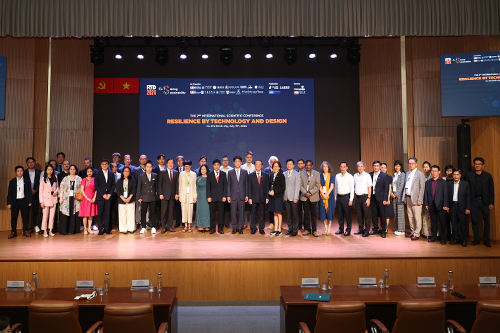
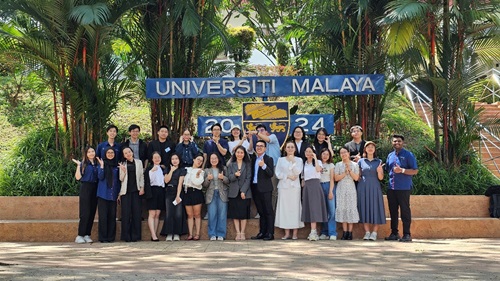
![[Podcast] Latest approaches for sustainable universities](https://en.ueh.edu.vn/images/upload/thumbnail/ueh-thumbnail-042022-071224.png)